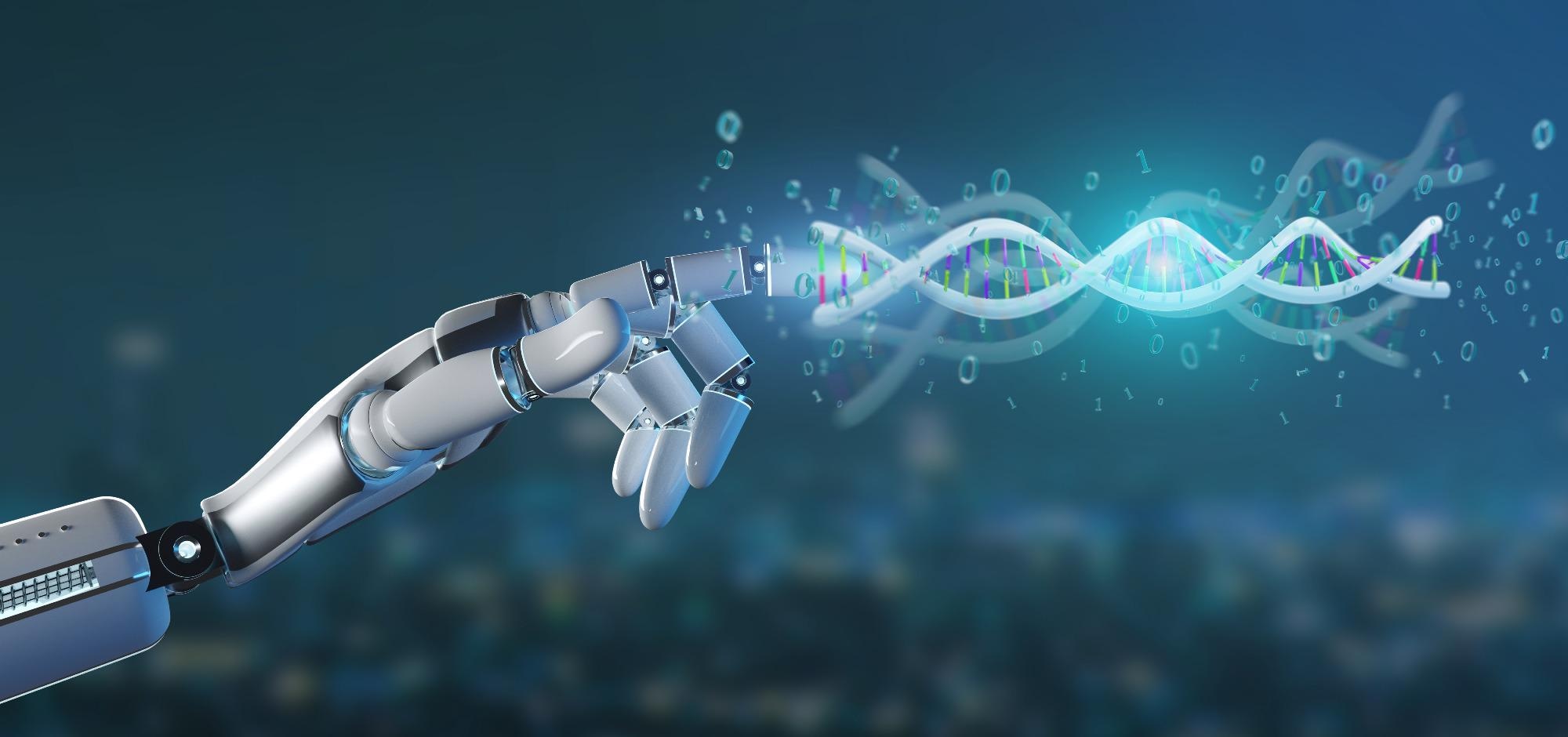In partnership with the SLAS 2022 exhibition and conference, we speak to Brian O’Sullivan, Senior Vice President of Commercial at HighRes Biosolutions, about artificial intelligence and its future within the life sciences sector.
Please could you introduce yourself and tell us what inspired your career into the life sciences?
My name is Brian O’Sullivan and I am passionate about life science research, building global businesses, and shaping individuals/teams to achieve their maximum potential. I am a trained biochemist that switched to the dark side (business) because I was enticed by money.
My inspiration for a career in the life science market was Amyotrophic Lateral Sclerosis (ALS). In college, my fraternity’s philanthropy was fundraising for ALS research. Through these events, I had the pleasure of meeting and speaking with ALS patients as well as doctors and scientific researchers dedicated to finding a cure. The devastating nature of ALS and the passion these individuals had for finding a cure was mindblowing. It rallied me to join the efforts to find a cure.
Large companies such as Google, Amazon, and Apple have been using artificial intelligence (AI) for years and now the life sciences sector has seen AI become increasingly prominent. How has AI transformed the life sciences sector and how important is it to new research and innovations?
For the last 5 plus years, the life science market has experienced and will continue to go through a digital transformation. What occurred in the high-tech industry fifteen years ago has finally arrived in the life science market. It is true that the companies you list above (i.e. Google, etc.) have been using AI for specific mundane tasks for at least a decade.
Biology can be unpredictable, which may explain the lag time in life science labs adopting AI. This digital transformation will help propel scientific discovery by making scientific data FAIR, connecting software tools via the cloud thus allowing data streams to flow across your organization, tuning lab automation to become data factories and so much more.
In relation to your question above, we can look to a company like Recursion Pharmaceuticals as an exceptional example of the utilization of AI in life science discovery. Recursion’s initial goal was to repurpose 100 orphan drugs over a 10 year period. This is an ambitious goal given the success rate in these orphan drugs.
While working on his Ph.D. at the University of Utah, Recursion founder and CEO, Chris Gibson, was working with scientific researchers, and, during his work, observed that the rate at which scientists successfully selected cells expressing confluence during the culture period was approximately 20-30%. This success percentage slowed the pace of discovery and significantly increased the cost of research. He thought about whether he could create a solution that shortened the time to discovery and reduced the cost of research. Chris and his colleagues went to work on developing AI algorithms that addressed the confluence selection process. The result of their efforts was a successful selection rate of 90%.

Image Credit: Den Rise/Shutterstock.com
What sectors within the life sciences is AI predominantly used? How does the use of AI benefit these sectors?
The initial sectors that adopted AI within the life sciences was finance and human resources as they replicated the efforts already established within the high-tech and financial industries. Research and discovery has followed suit with the focus on selection, predictive behavior, and more.
You are involved in a panel at SLAS 2022 called ‘AI in the Labs of Now and the Future’. What should people expect to hear from this talk?
The AI panel’s focus/goal during SLAS2022 is to create a thought leader style event that promotes idea generation and thought to help expand the audience's belief on what is possible with AI in scientific discovery. The topic of “AI in the lab” is vast, and, given we will have 60 minutes for the panel discussion, the speakers and I selected a specific subset of topics in an effort to generate thought and discussion amongst not only the panel but also the audience.
Our discussion topics will focus on barriers of entry of AI into scientific research, enabling scientists doing science, and predictions about AI impacting the future of drug discovery.
Are there any challenges researchers, companies, and scientists face when trying to adopt AI practices and technologies into their work? If so, what are they?
While I do not want to take focus away from the upcoming panel, one large challenge facing companies today is skilled personnel. We hear this point a lot lately across all industries. However, how many students studying a natural science are also taking courses on software coding? Very few. The demand for individuals that understand the natural sciences, software coding, and data science has exceeded the number of qualified candidates.
AI holds tremendous promise for life science research; however, today, humans create and implement AI algorithms, not computers. Companies will need to devise their own solutions to address this problem as demand for these skill sets will only increase over the next decade.

Image Credit: Production Perig/Shutterstock.com
What do you believe the future of AI looks like within the life sciences?
The potential for AI in scientific discovery is massive! The life science industry has made some impressive advancements in the realm of target selection and protein folding (i.e. Deepminds work on predictive structure folding). We live in an age where AI doesn’t compete with human endeavors, it elevates them. As I stated earlier, the life science market is experiencing a digital transformation.
Though the life science market is in its infancy of truly using AI, it has the potential to affect every aspect of the life science industry value chain. Applying AI to big data in the life science industry can assist in reshaping business models, streamlining R&D and manufacturing, and augmenting cognitive molecule research, clinical trial data flow, and product intelligence.
About Brian O’Sullivan
My current role is Senior Vice President, Commercial at HighRes Biosolutions. Our mission is to improve human health through life science automation, by providing total workflow automation (hardware and software) that immediately adapts and re-adapts to your science, your technology, and your organization..jpg)
Looking back at my career that started at the lab bench, transitioned to sales, built teams, and now full organizations, there really have been three recurring themes. Whether working in small, start-up companies to large multi-national organizations, my teams and I have been laser-focused on developing solutions that exceed our client's goals, increasing revenue generation via local and global expansion, and continuous individual and team development in order to maximize our results. I succeed when my team members succeed.